newtoll
Aluminum
- Joined
- May 29, 2011
- Location
- canada the wadkin temple
used a wood cutting 2 flute 1/2" straight carbide bit. I was going to use an end mill but thought it would be less grabby. After the first cut i turned the speed up a bit and the cut improved big time. I was taking about .025 cuts with great control. the bit is still good after cutting the iron too. I thought i would go for the 60 to 70 SFPM cutting speed but found it too slow for hand held work. This way to clean up the opening in an Oliver 190 bottom scroll sander. Really surprised at how crude Oliver left it.
simple jig clamped well.
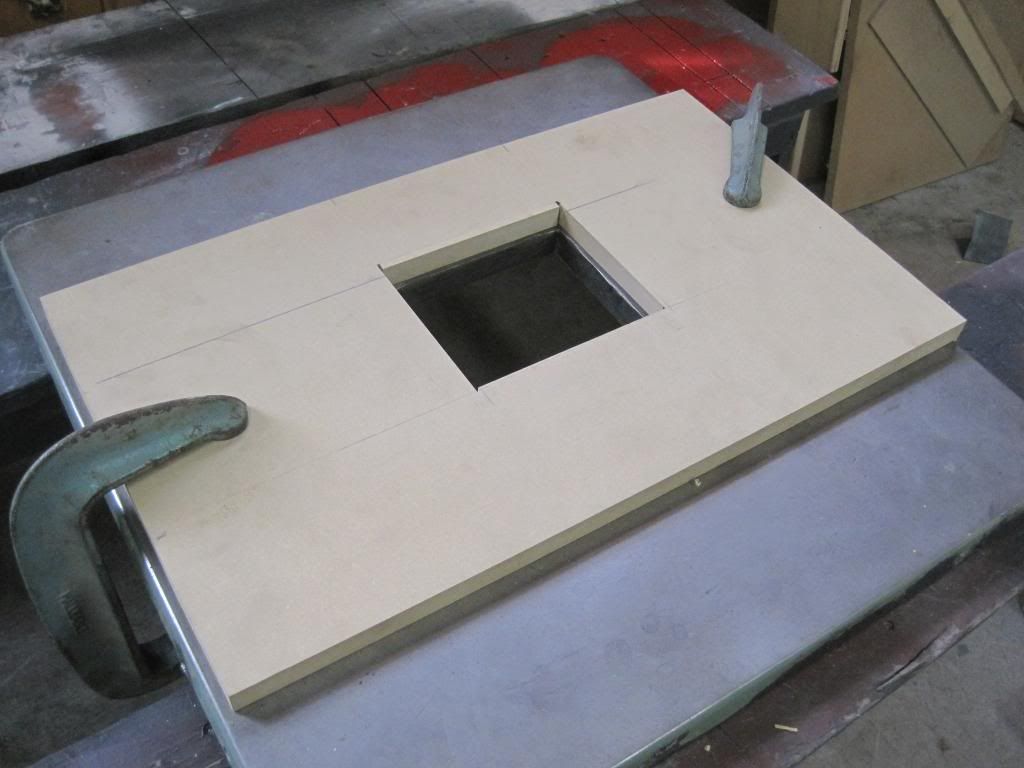
opening to mill the 1/4 x 1/4 rabbit in for a table insert
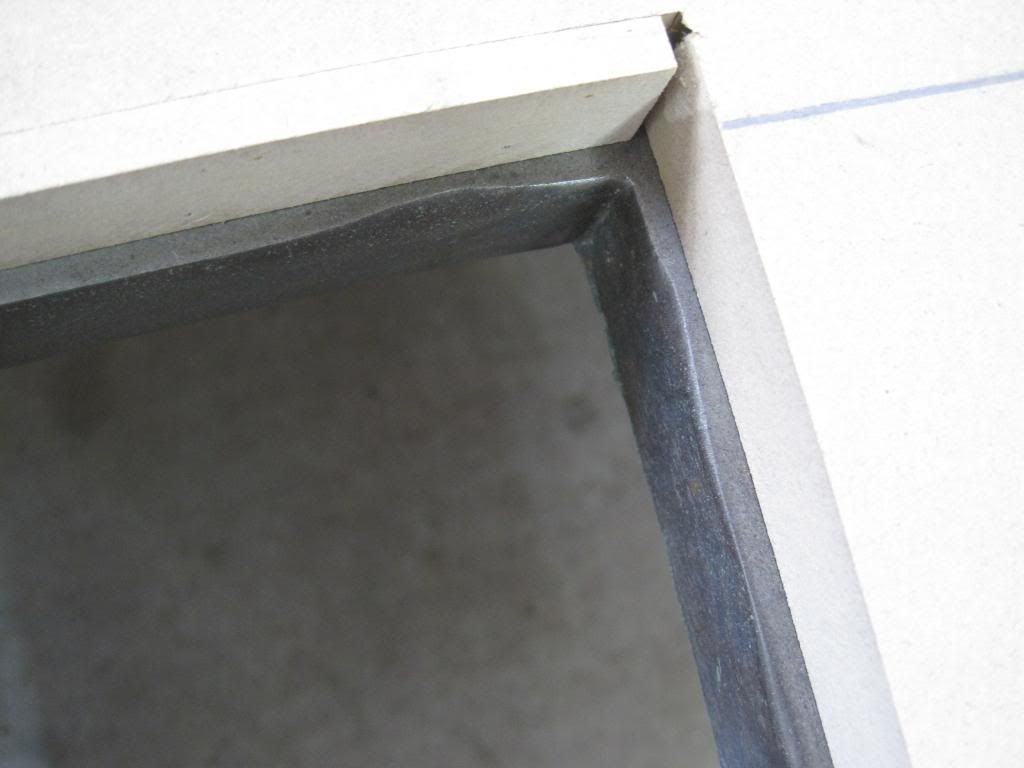
took about 15 mins to cut to the depth
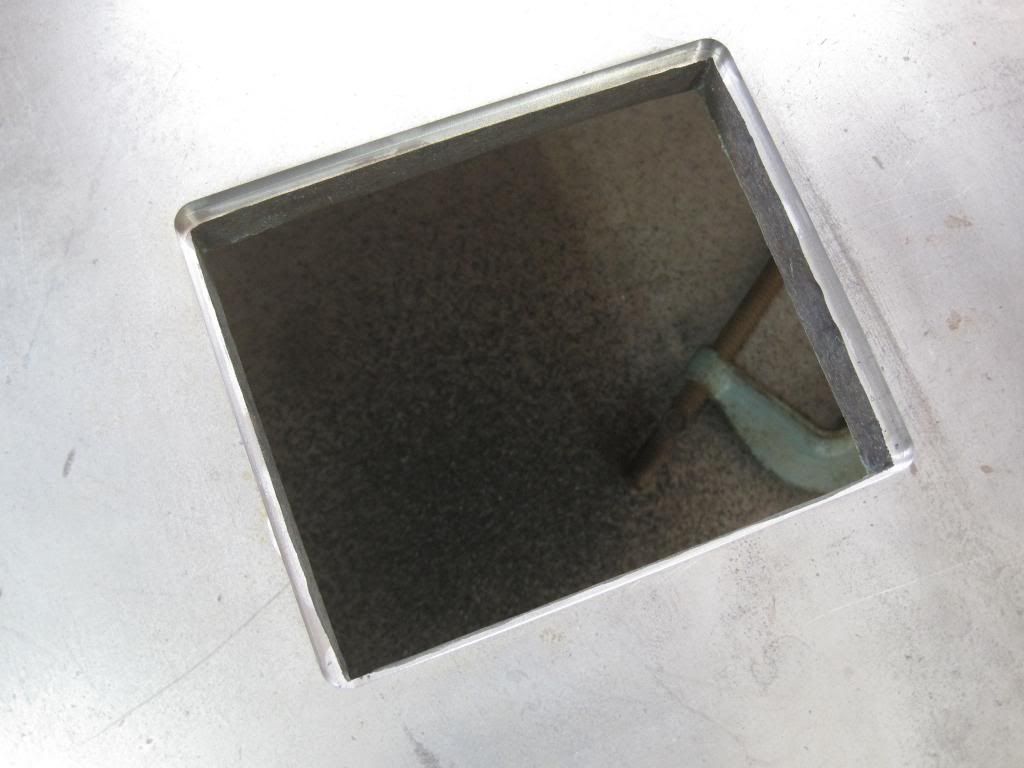
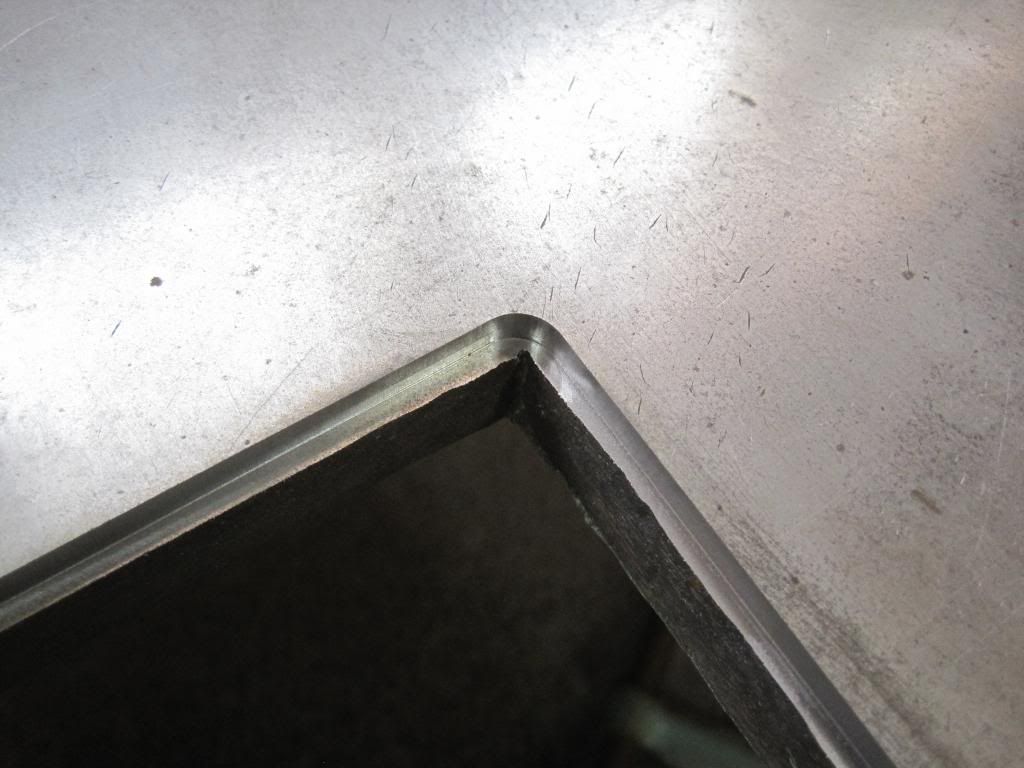
jack
English machines
simple jig clamped well.

opening to mill the 1/4 x 1/4 rabbit in for a table insert

took about 15 mins to cut to the depth


jack
English machines


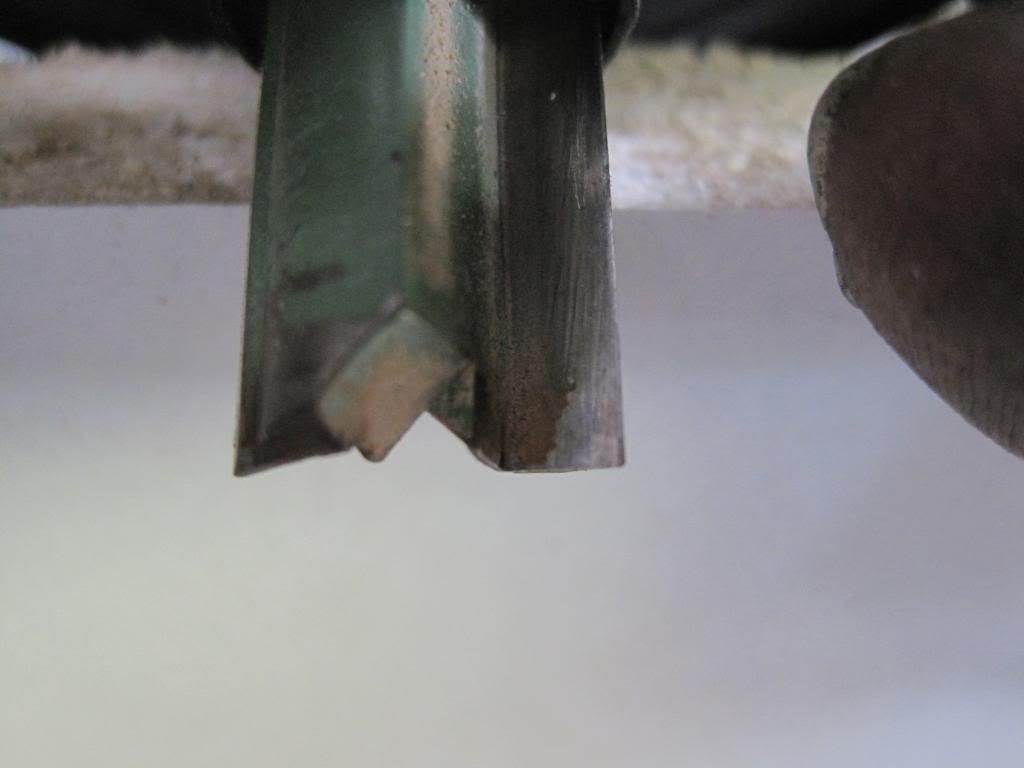
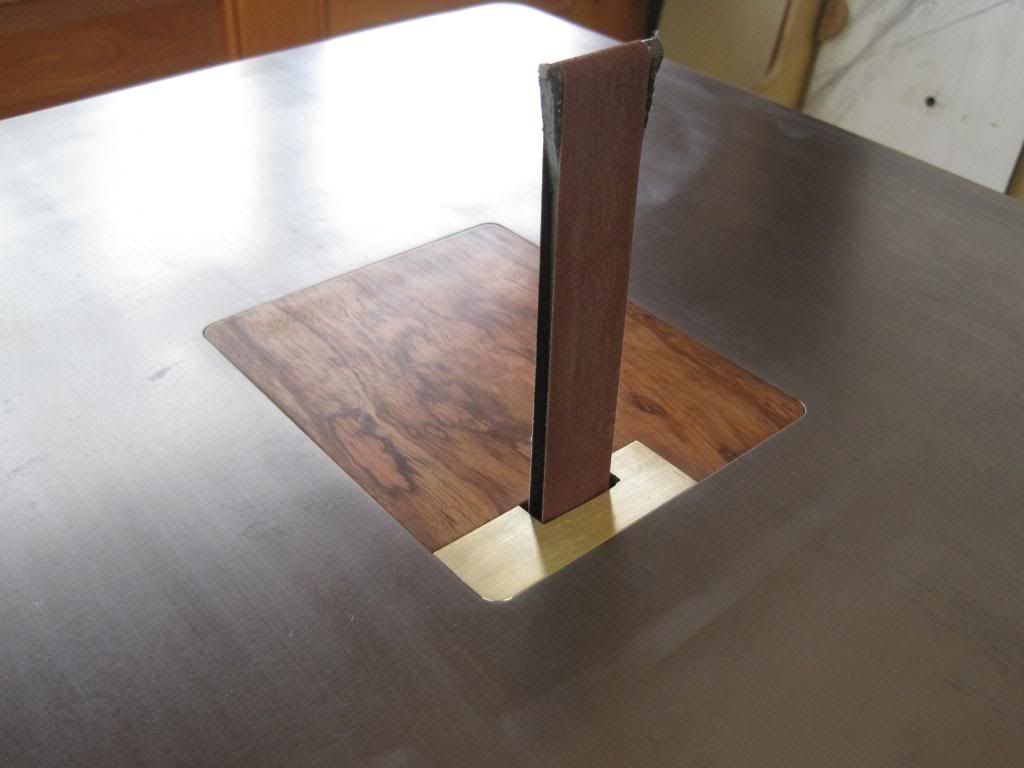
 Since the top is the eruro-planed surface it really looks ugly. At least it is in an area at the front corner that the cross-cut fence can cover when used for cross cutting.
Since the top is the eruro-planed surface it really looks ugly. At least it is in an area at the front corner that the cross-cut fence can cover when used for cross cutting. 